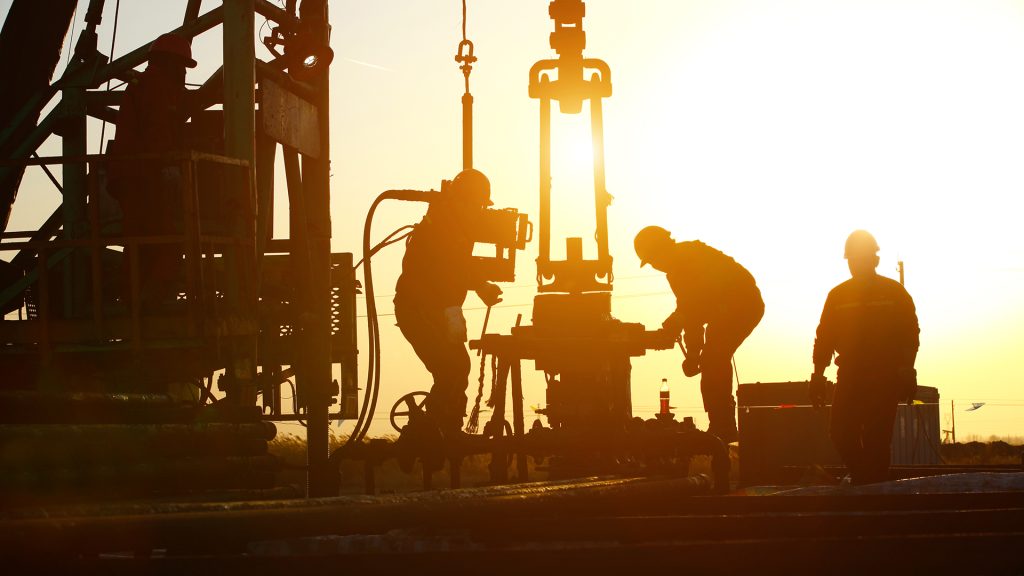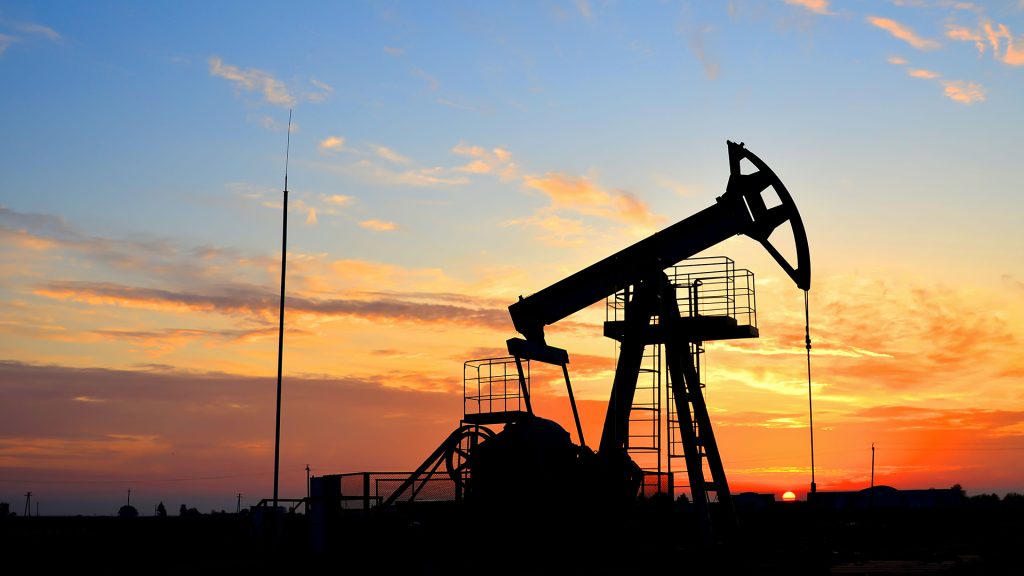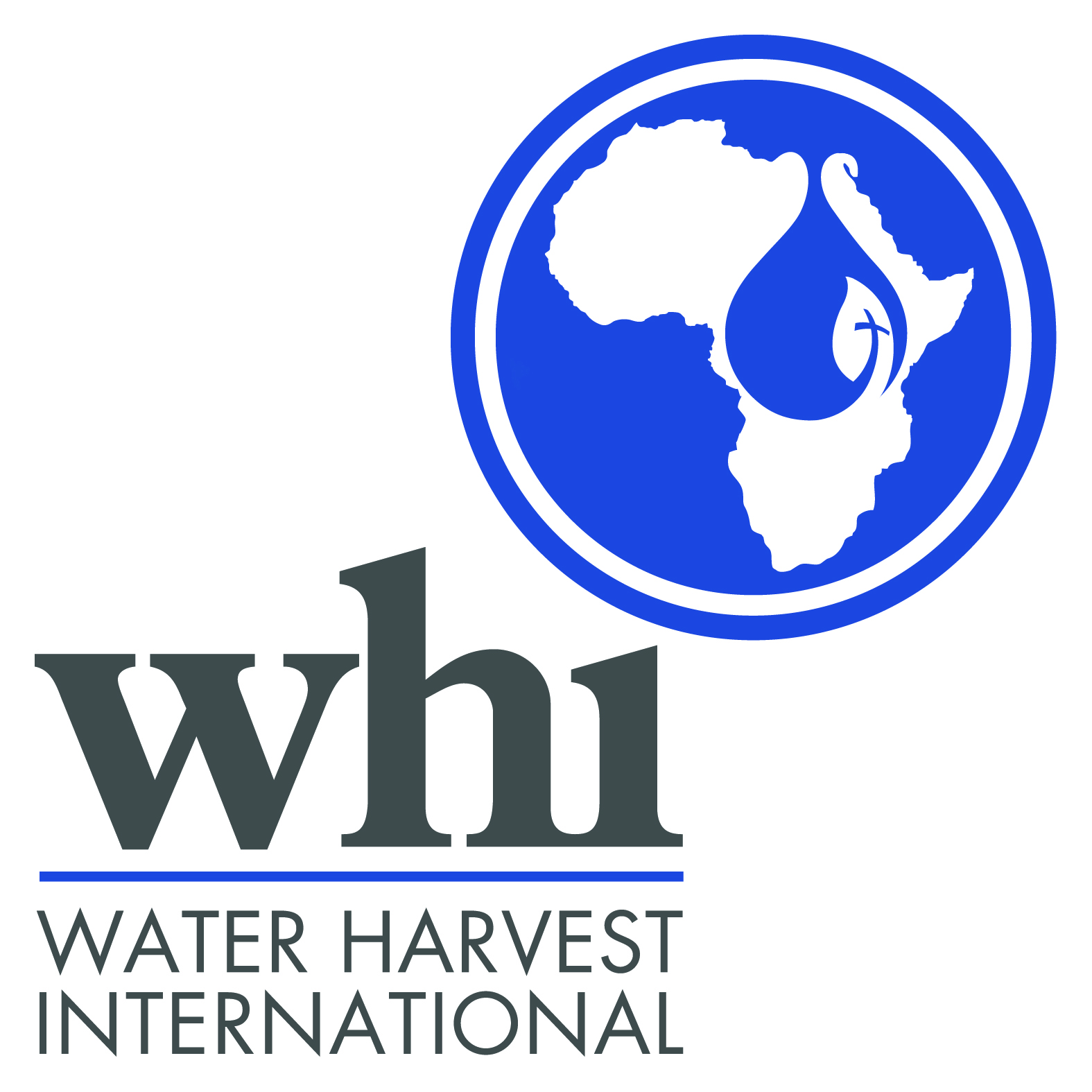Beneath the blanket of the Earth’s surface lies an intricate lattice of secrets. Resilient layers of rock, invaluable deposits of fossil fuels, and hidden water tables make up an extraordinary world that remains largely unseen by the human eye. To unlock these clandestine treasures, mankind has perfected a fascinating practice over the centuries, a delicate blend of science, technology, and raw brute strength: drilling operations. Let’s delve beneath the surface and unravel the enigmas behind these crucial and complex endeavors.
The Art and Science of Drilling
Drilling, at its core, is a practice that embodies a paradoxical blend of delicacy and power. It is akin to painting a masterpiece with a sledgehammer – a raw exercise in controlled force.
The initial stages of drilling involve detailed geological surveys, much like an artist sketching a preliminary outline. Using seismology, magnetometry, and gravimetry, scientists create a detailed map of the subsurface, identifying potential reserves of oil, gas, or minerals. This groundwork, similar to an artist’s blueprint, serves as the guiding light for the remainder of the operation.
The actual drilling process is a symphony of high-powered machinery and human expertise. Massive drill bits chew through layers of soil and rock, and a careful orchestration of hydraulic systems and mechanical controls directs their relentless descent. These machines aren’t blind giants, however. Advanced sensors continuously monitor the conditions’ downhole, feeding back vital information about temperature, pressure, and rock type, akin to an artist’s intuitive touch. This data assists in adapting the drilling strategy, ensuring optimal efficiency and safety.

Drilling’s Transformative Impact
Drilling has had a seismic impact on the globe, literally and figuratively, reaching far beyond the realm of extracting resources. From fostering economic growth to reshaping landscapes, the reverberations are felt on multiple fronts.
In economic terms, drilling operations have been the bedrock of global industrialization. The discovery and extraction of oil and natural gas reserves have fueled the energy needs of growing economies, enabling unprecedented advancements in infrastructure, transportation, and manufacturing. Entire cities have sprung up around these resource-rich locations, creating numerous job opportunities and contributing significantly to regional and global economies.
However, the transformative impact of drilling operations extends beyond the economic sphere. These operations have also led to significant advances in technology, science, and engineering. The development of drilling technology, such as directional drilling and hydraulic fracturing, has revolutionized our ability to reach previously inaccessible resources, while simultaneously propelling advancements in related fields like geology, seismology, and materials science.

Yet, the power of drilling isn’t without its challenges. Environmental concerns, including ground contamination, habitat disruption, and the risk of earthquakes, are considerable hurdles. The future of drilling, thus, necessitates innovative solutions that harmonize our pursuit of resources with the stewardship of our planet.
Conclusion: The Hidden World Beneath Our Feet
In the intricate dance of drilling operations, mankind has been able to delve into the earth, unlocking vital resources and propelling our societies forward. Yet, like all powerful tools, it’s a practice that requires a thoughtful balance of benefits and potential risks.
From the meticulous planning stages to the final extraction of resources, every aspect of drilling is a testament to human ingenuity, resilience, and our ceaseless curiosity. As we continue to probe beneath the surface, who knows what other secrets the depths might reveal? Whatever those secrets may be, the journey promises to be as fascinating as the discoveries themselves. So, let us keep exploring, learning, and understanding this amazing world, above and beneath us.


